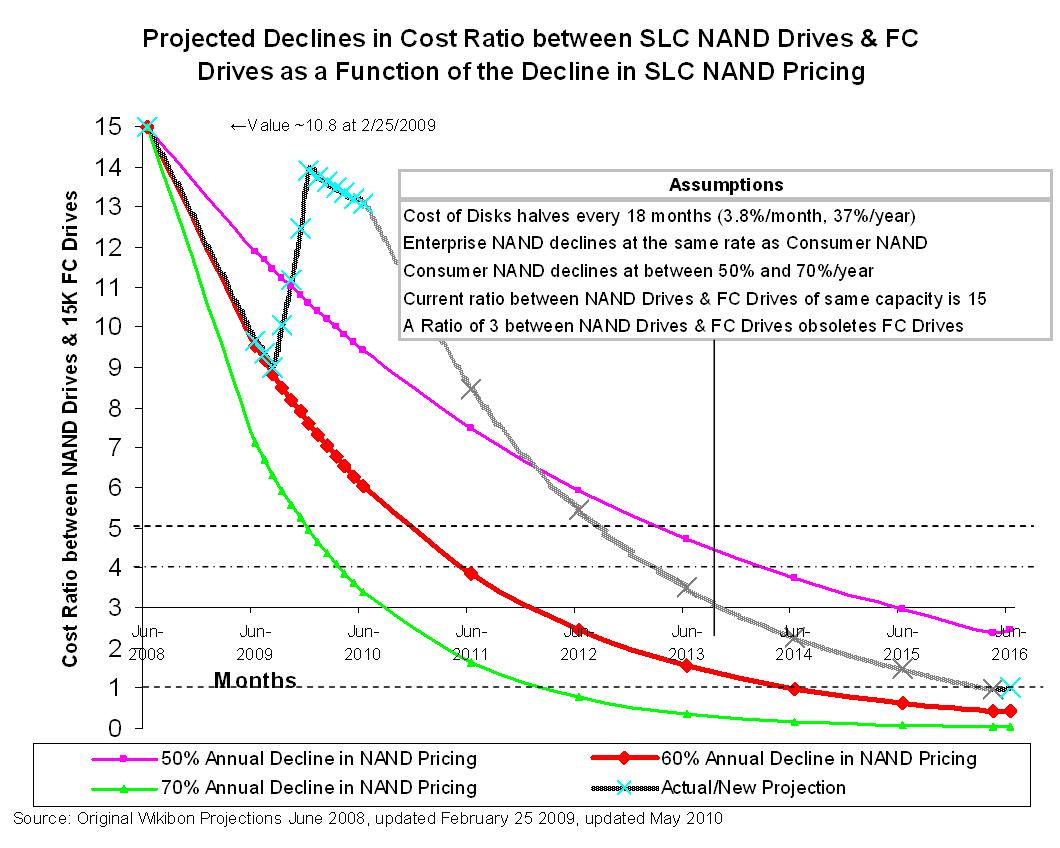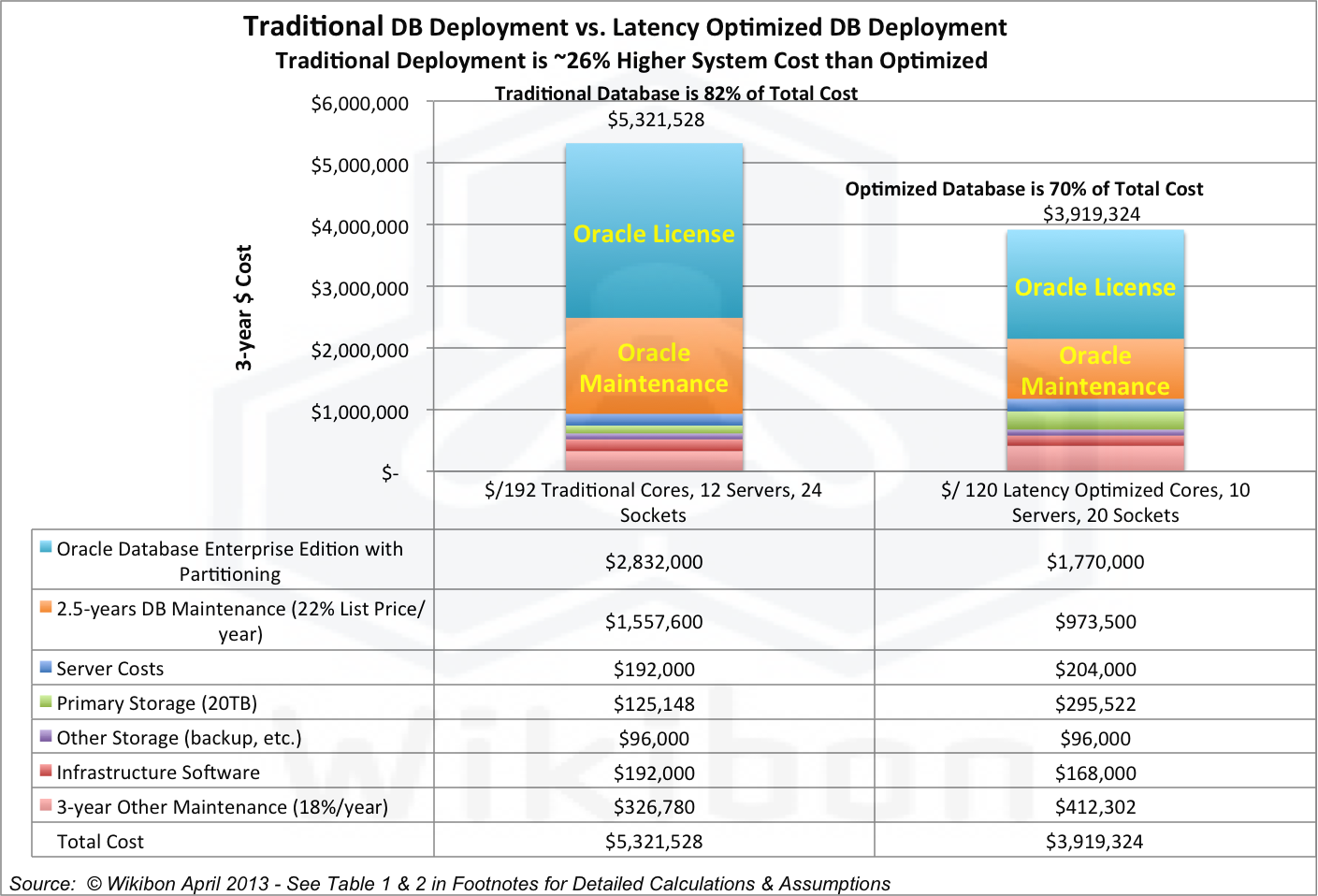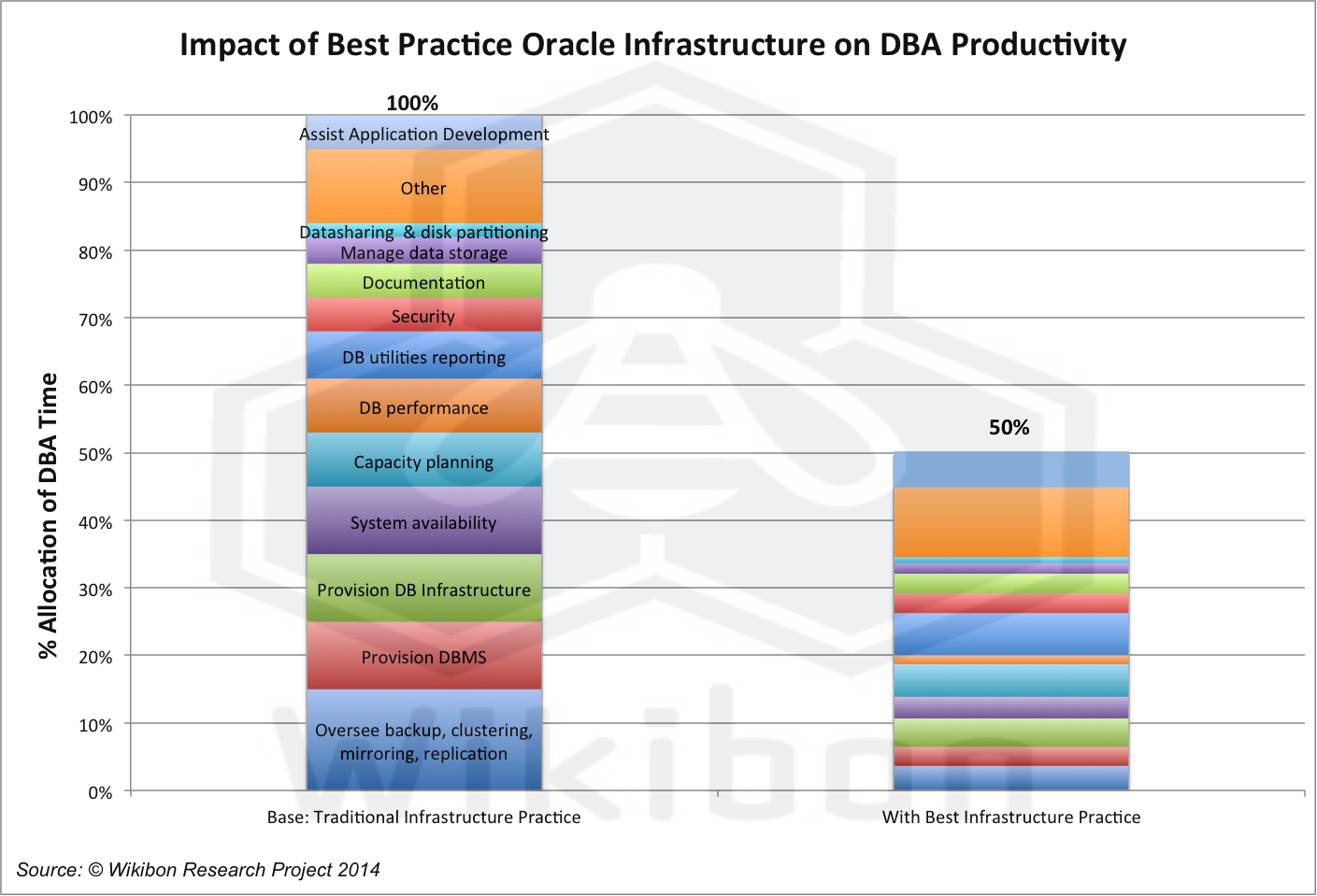
CrowdFather16






Question: Who's the buyer? The storage guy or DBA? Great chat

Jason Kotsaftis
Great question, in the past storage guy = storage buyer, DBAs were pretty indifferent...but today we're seeing more DBAs actively involved in infrastructure and even storage decisions.

Sam Marraccini
More and More the buyer is both, the value prop and the conversation is different. best meeting we have are with both in the room at the same time!

sam_lucido
More and more these days the DBA has a greater role in the decision around storage and acceleration technologies. I believe that has triggered the trend to enable DBAs via plug-ins & other apps to work with storage.

Leighton L. Nelson
Database is extension of storag,e so both.

Dave Vellante
It's a bit of a purchase by committee I think - can't ignore either constituency imo - oh and don't forget about the apps guys

Andy Fenselau
Here's a question- how much self-service should we provide DBAs with array copy services out of OEM? If the array has no capacity or SLA risk, let the DBAs control their destiny?

Dave Vellante
@fenselau I love that concept - absolutely agree - let the DBAs have self-service - they don't want to talk to the storage guys anyway!












